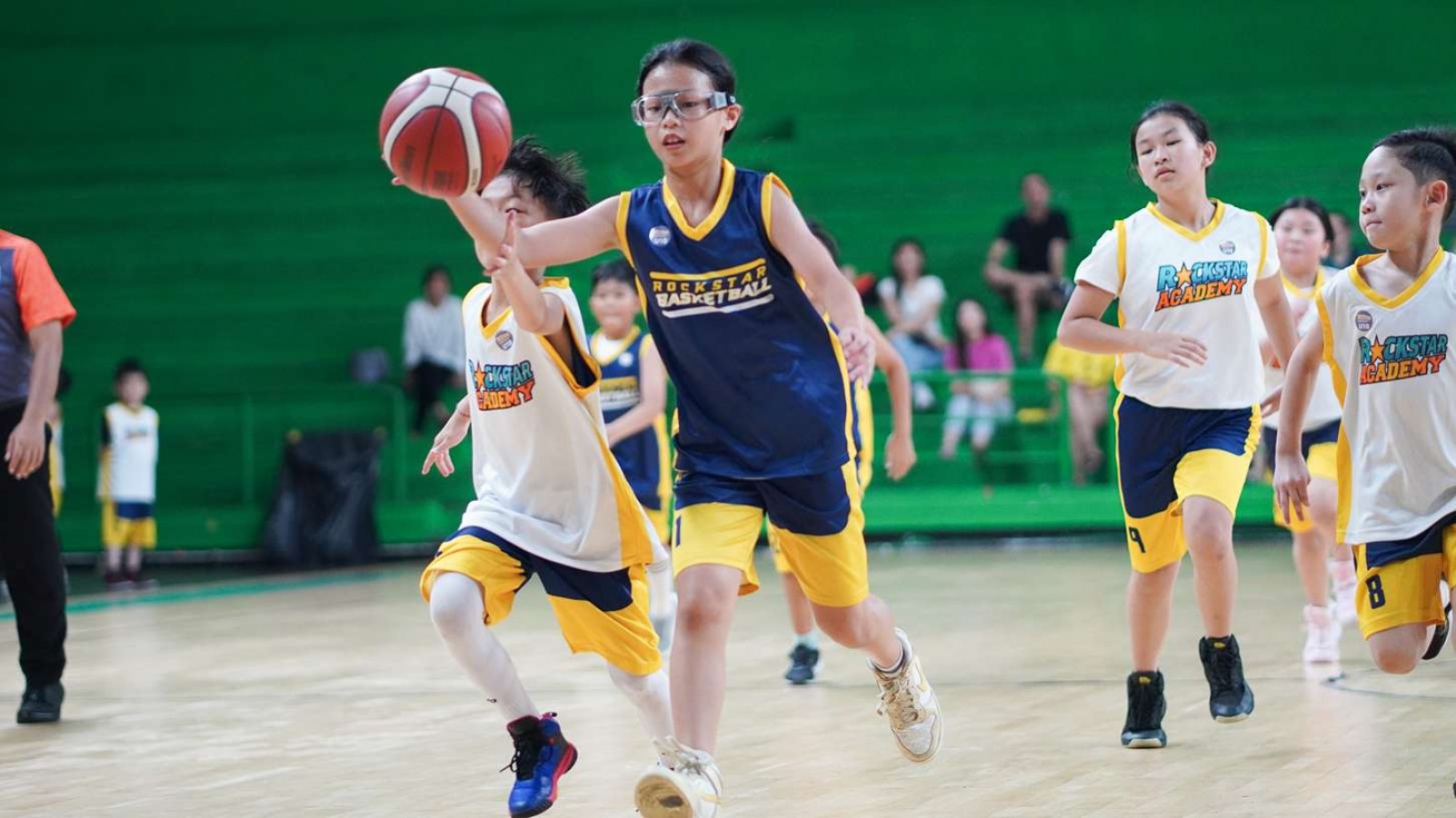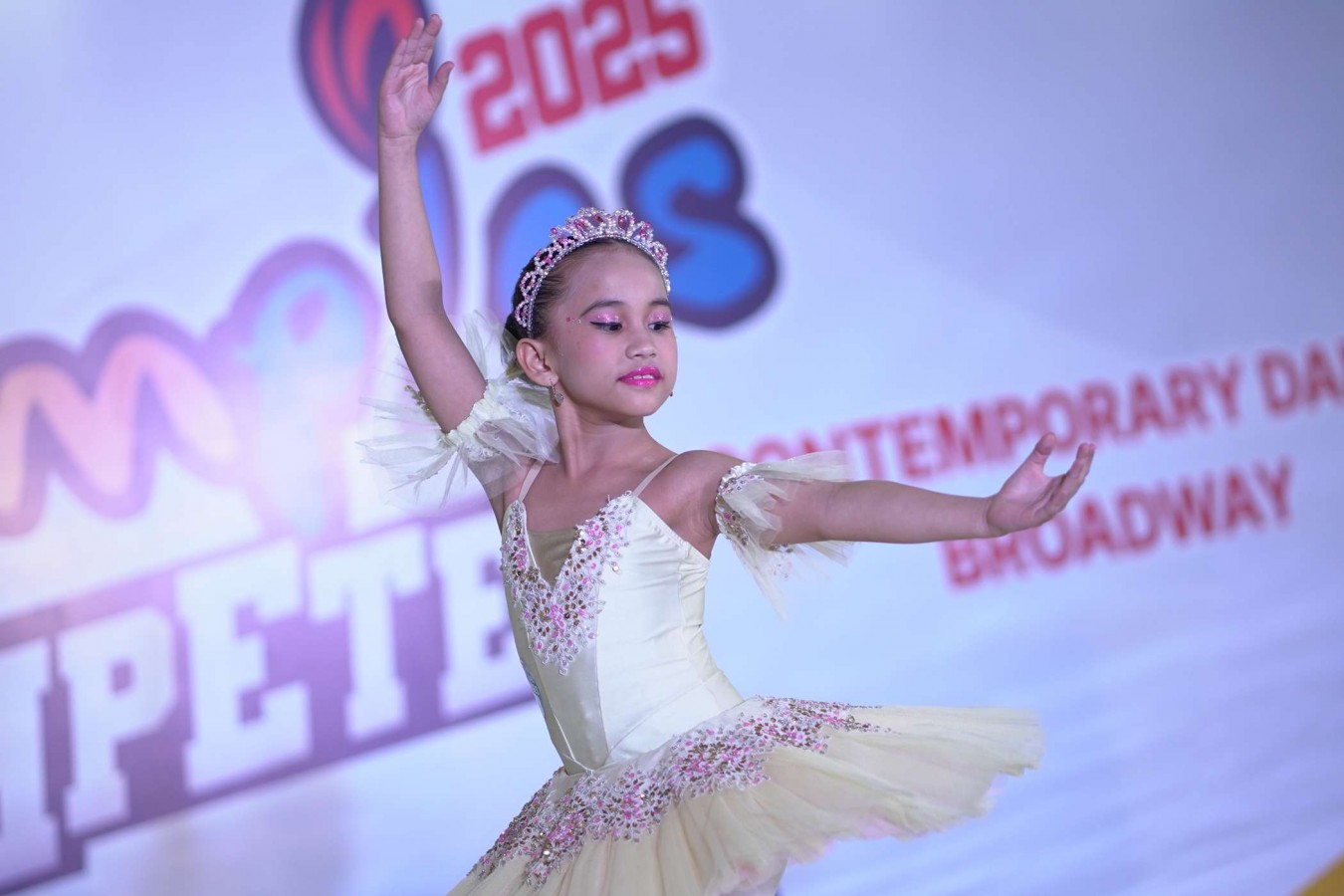What is Blocking in Theatre and Why It's Crucial

Have you ever watched a stage play and wondered how actors always seem to know exactly where to stand, when to move, or how to position themselves to face the audience at just the right moment? That seamless flow is one of the acting techniques called blocking in theatre.
Understanding the blocking technique will give you a deeper appreciation of what it takes to bring a story to life on stage. Let’s learn more in this article!
What is Blocking in Theatre?
In simple terms, blocking refers to the precise planning and positioning of actors on stage during a performance. It includes where actors stand, how and when they move, how they interact with other characters, and how their positions affect the visual and emotional acting of a scene.
The term originated from early stage rehearsals when directors would use miniature wooden blocks on a model stage to plan out the actors’ movements. Today, directors still “block” scenes, but with the real actors in rehearsal spaces.
Blocking involves more than just moving from point A to point B. It’s about storytelling through motion and helping the audience focus on the right person at the right time and supporting the rhythm, emotion, and energy of the scene.
Why Blocking is Vital in Theatre
Blocking is a key storytelling tool that shapes how a scene feels, what the audience understands, and how the energy flows on stage. When done well, blocking turns a good performance into a great one. Here’s why it’s so important:
1. Clarity of Storytelling
Imagine watching a play and not knowing where to look because everything is happening at once in different corners of the stage. Good blocking solves that problem by guiding the audience’s eyes to the most important action or emotion in each moment.
If a character is having a heartfelt monologue while another paces nervously in the background, clear blocking ensures that the spotlight is on the character speaking. This keeps the audience engaged and helps the story make sense.
2. Character and Relationship Development
Blocking also shows the unspoken dynamics between characters. Where and how actors stand can reveal power, closeness, or emotional distance. For instance, if two friends argue and one turns their back and walks to the far side of the stage, it tells the audience that there’s tension or disconnect.
Or in a courtroom scene, the judge might be placed higher on stage than the defendant to visually communicate authority. These subtle choices deepen the emotional impact without a single word.
3. Use of Space
Theatre is a 3D art form, and blocking allows directors and actors to use the entire stage creatively. This prevents scenes from looking flat or repetitive. In a school play, rather than having all characters stand in a straight line, good blocking will arrange them in clusters, diagonals, or levels to keep the scene interesting.
This spatial variety keeps energy flowing and gives the show a dynamic rhythm that holds the audience’s attention.
4. Technical Needs
Blocking is also for technical precision. Actors need to stand in the right lighting zones, hit specific marks for sound effects, and avoid walking into moving set pieces.
If a dramatic line is delivered with the actor facing away from the audience, the emotional impact could be lost. Good blocking makes sure that these moments are technically smooth and visually effective, so nothing distracts from the story.
5. Audience Engagement
As you know, people watch with their eyes first. That’s why thoughtful blocking keeps the audience visually and emotionally connected to what’s happening. Movement across the stage can heighten excitement, tension, or sadness.
Blocking ensures that the audience doesn’t just hear the story but also feel it. For example, a slow walk toward another character might build suspense, while a sudden dash across the stage could show urgency or fear.
Stage Positions Every Actor Should Know
Understanding stage directions is crucial for effective blocking. These directions are based on the actor’s point of view as they face the audience:
- Center Stage (CS): The middle of the stage.
- Stage Left (SL): The actor’s left side (audience's right).
- Stage Right (SR): The actor’s right side (audience's left).
- Upstage (US): Toward the back of the stage.
- Downstage (DS): Toward the front of the stage (closest to the audience).
- Upstage Left/Right and Downstage Left/Right: Combine direction with position for more accuracy.
Example of Blocking in Action
Let’s say there’s a powerful scene between a father and his teenage daughter. She’s been hiding a secret, and he’s finally confronting her. Here’s how blocking helps tell that story clearly:
- The daughter starts in the middle of the stage, standing alone. This shows she feels exposed and nervous.
- The father walks in from the right side, slowly getting closer to her. This adds tension, like something serious is about to happen.
- The daughter turns slightly away, showing she wants to avoid the conversation, but she doesn’t move—she’s stuck in the moment.
- The father keeps moving toward her, making the space between them smaller, which makes the scene feel more intense.
- At the most emotional moment, they’re both standing in the middle of the stage, face-to-face, showing that the confrontation has reached its peak.
Dynamics of Movement on Stage
Let’s break down what makes movement dynamic and powerful in theatre:
1. Motivated Movement
Actors shouldn’t move just to move. They move because the character feels something, wants something, or reacts to something. For example, if a character hears bad news, they might sit down suddenly to process it.
If they’re excited, they may pace or bounce around. Think of a character storming off after an argument—that’s movement driven by emotion. Each step should have a reason behind it, making the performance feel real and honest.
2. Levels and Angles
Changing height (like standing, sitting, crouching, or kneeling) adds visual interest and can show different dynamics. Angles also tell a story: a character facing away might be hiding something, while someone leaning in might be curious or threatening.
Mixing levels and angles keeps the audience visually engaged and helps show relationships between characters.
3. Stage Pictures
Great directors often think like photographers or painters. They arrange actors to create “stage pictures”. Imagine a group of friends standing in a circle, united, versus one person standing apart in the shadows.
That image speaks volumes without a word. These carefully arranged positions help the audience immediately understand the mood or theme of the scene.
4. Tempo and Rhythm
How fast or slow actors move also tells a story. Quick, sharp movements might show panic, excitement, or urgency. On the other hand, slow, steady steps can signal sadness, reflection, or suspense.
Movement tempo should also match the tone of the scene, since this helps the audience feel exactly what the character is going through.
Improve Your Blocking Skill!
If your children are showing interest in acting, enrolling them in a structured program can be a great way to help them grow. One excellent choice is the Broadway Program from Rockstar Academy, the leading Sports & Performing Arts Academy that offers a wide range of physical activity programs for kids.
Their Broadway curriculum not only develops performance skills but also gives students the opportunity to join Broadway Competitions, RockOlympics and Elite Championships—designed to challenge and inspire while promoting discipline, creativity, and teamwork.
Even better, they offer a free trial class so your child can explore their interest before committing. With multiple branches already established throughout Jakarta and surrounding areas, it’s easier than ever to find a Rockstar Academy near you. Enroll your children today!
FAQ
Who is responsible for blocking a play?
Blocking is typically created by the director. However, choreographers, stage managers, and actors may contribute ideas depending on the scene.
Is blocking the same in every performance?
Once finalized, blocking should stay consistent for every performance to maintain timing with lights, sound, and fellow actors. However, subtle shifts may happen naturally as performances evolve.
Do actors have to memorize blocking?
Yes, actors are expected to memorize both their lines and their blocking. This ensures consistency and smooth collaboration with others on stage.



